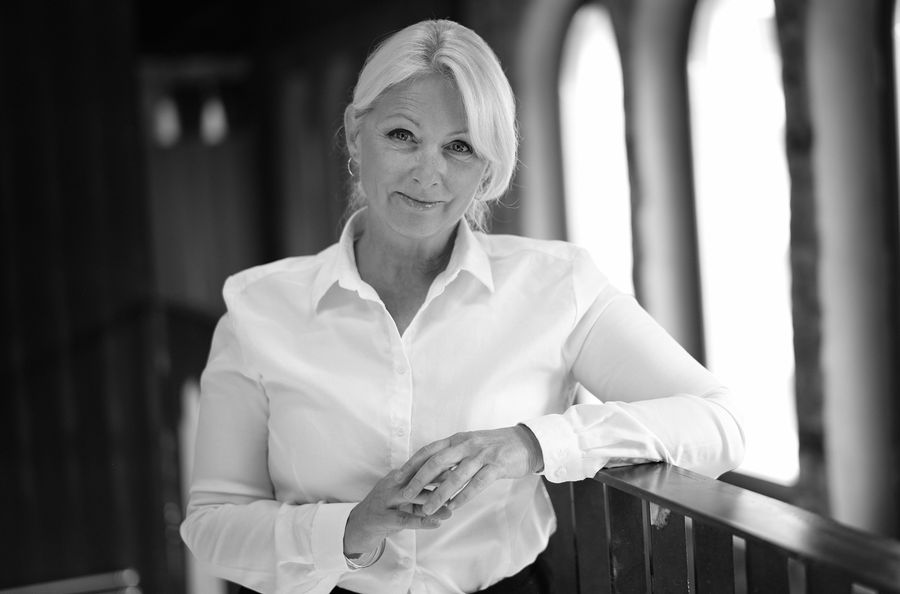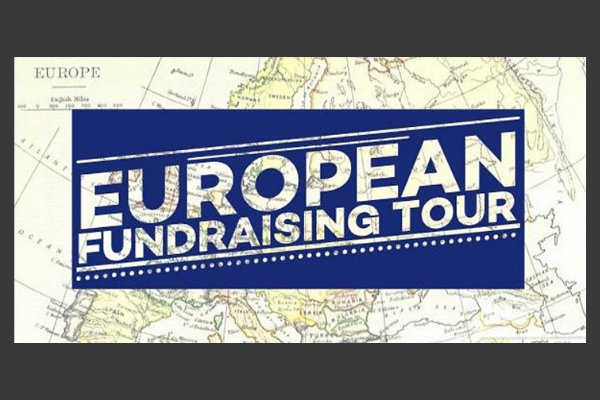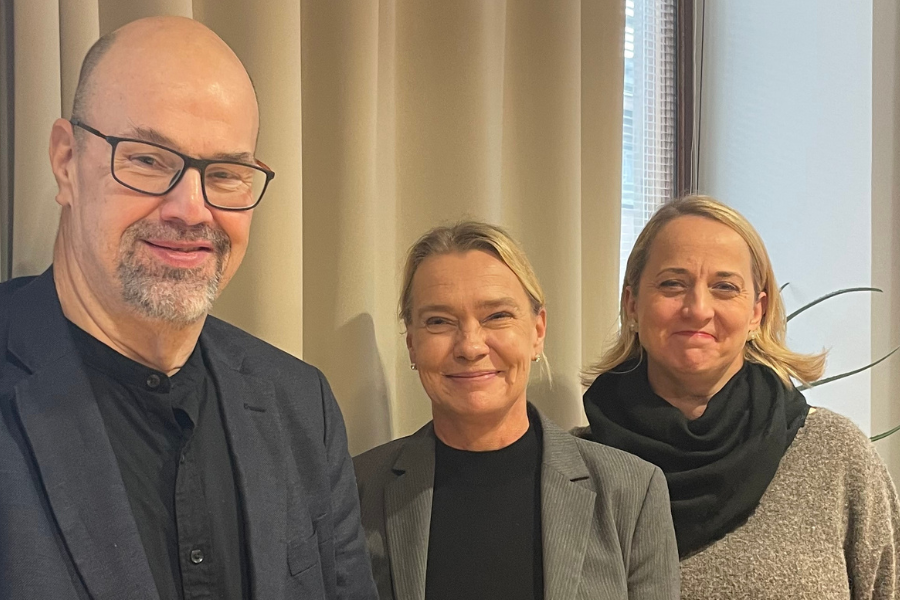
Austrians more willing to donate legacy gifts
December 8, 2021
Fundraising Norway urges government to protect tax deductions for donors
December 8, 2021At last week’s virtual European Fundraising Tour, fundraisers and sector experts from 16 countries came together for a series of short, inspiring presentations on a range of topics. From digital tips and legacy growth to the importance of being mission-centred, here are just five take-outs from the Tour.
The most successful digital content isn’t always predictable
In a highly interactive session exploring what really works for digital fundraising, attendees were asked to vote for the digital content they thought would be most successful – those that led to the highest level of clicks or gifts.
Stressing the importance of testing campaigns rigorously, Ewald Verhoog of Fundraising Love in the Netherlands led an engaging ‘Which test won?’ quiz, showing that what truly works for supporters doesn’t always match up with fundraisers’ expectations. He explored what digital posts most inspire supporters to click through, and how small changes to the images, messaging and call to action can have a striking impact on success.
Verhoog says: “I can’t say it enough. It’s so important to test what really works. If you do it well, it will make a huge difference – you can double your digital income in days.”
See more in Verhoog’s blog on building donor engagement.
A legacy boom is coming
It’s no secret that legacy giving has been one of the sector’s biggest success stories from recent decades, but Ashley Rowthorn of Legacy Futures (UK) examined the changing legacy environment in greater depth, painting a motivating picture of growth and opportunity for nonprofits. Citing research from the UK and Netherlands, he emphasised that gifts in Wills have become even more important through the pandemic and that the UK market alone is expected to grow five-fold by 2050.
Rowthorn says: “There are some big changes coming for legacies, with a new generation of donors, the emergence of digital channels and new technology. We’re expecting to see significant income growth, but the market will likely look quite different from what it is today.”
And it’s not just the most established legacy markets that are seeing growth. Jan Gregor of the Coalition for Easy Giving, spoke of the increase of gifts in Wills in the Czech Republic. When the group was formed seven years ago, none of the nonprofits in the coalition’s legacy group had received a legacy.
Gregor says: “Now, every organisation in our coalition has benefitted from a legacy donation and momentum is building. Czechs are becoming more open to thinking about leaving a charity in their Will and that’s really exciting.”
Pandemic surge in online donations is spurring on regular giving in Spain
There’s no question that the pandemic and nonprofits’ increased use of digital channels has seen donors take their giving online, but Ricard Valls of Zohar Consulting in Spain highlighted that this shift has also inspired a rise in regular giving.
Presenting new research based on 124,000 donations made via StockCrowd software, which accounts for 15% of online giving in Spain, he reported a 97% rise in online donors from 2019 to 2020 and 109% rise in the amount given (€8.6 million).
Valls says: “The culture sector is attracting the highest average donation levels, but many organisations are seeing a growing number of regular donors online too.”
Showcasing the example of Open Arms – a humanitarian NGO working to protect vulnerable people in international waters – Valls demonstrated the effectiveness of strong video imagery in building understanding of the charity’s work. More than 1 in 4 of the charity’s online supporters signed up as regular givers (26%).
He also shared examples of interactive landing pages on La Marato de TV3 and Thyssen Museum, where donors could – at the click of a button – select which cells their donation would cure or what areas of the museum’s restoration to rebuild, helping them to visualise the impact of their donations.
Mission-centred fundraising is not only more sustainable – it makes it easier to ask again
The mission may well be at the heart of every nonprofit organisation, but is it at the core of your fundraising? Rebecca Allaigre at the Fondation Les Arts Florissants – William Christie in France, encouraged delegates to be mission-centred in their fundraising, shifting the focus from bringing in the money to creating relationships that inspire ongoing commitment.
Describing fundraising as a tool of empowerment, Allaigre said: “The best way to ensure that donors support an organisation over the long-term is to ensure that they understand and connect with your mission and that they become partners in helping to achieve that goal.”
She explained that creating a shared culture of belonging – one that links supporters and volunteers, along with staff and trustees to the organisation’s mission – not only helps to attract unrestricted gifts and build retention rates, but paves the way for nonprofits to ask again, saying:
“Major donors can experience fatigue when we ask again and again for focused gifts, but if they invest in the mission instead of a specific project, it’s much easier to encourage them to do it again in the future. We can go back to them and show them all we’ve done thanks to their help, demonstrating what their support has enabled and what we hope to achieve next.”
Fundraisers have become more nimble, tech-savvy and collaborative… but wellbeing is at risk
During the Tour, speakers reflected on the growth in digital fundraising and the opportunities to build back stronger from the pandemic in the long-term. Sebastian Węglarz of the Polish Fundraising Association reported that – in the weeks that followed the coronavirus outbreak – one third of NGOs in Poland had to suspend their activities, 6 in 10 had to limit operations and 3 in 4 feared they wouldn’t be able to provide services. And yet, one year later, 8 in 10 organisations had adopted new technology that allowed them to operate on a regular basis and 4 in 10 were collaborating with other nonprofits. The period has seen some record fundraising campaigns, including the #Hot16Challenge – a viral rapping campaign that raised over €800,000 for Polish health workers.
He underlined that the upshot of such a challenging period was that the fundraising community had drawn more closely together with renewed appetite for shared learning, saying: “The sector is building back in Poland.”
While the short-term impact of the crisis has been incredibly difficult, he recognises how much progress has been made, saying he expects that ultimately the sector will come out of this stronger than before.
Findings from Salesforce.org’s State of Nonprofit Marketing study, presented by Andrea Goezzine, reinforces this picture of growth, reporting that 9 in 10 nonprofits have changed their digital engagement strategy since the pandemic. However, she also emphasised that the nonprofit workforce is facing a historic shift in how work gets done and that staff wellbeing and mental health is of growing concern.
The new 2021 Nonprofit Pulse Report, previewed at the event, also underlines concerns about rising workloads and increased pressure on nonprofit staff. A second year of lockdowns, remote working, cancelled fundraising events, barriers to service delivery and a general climate of uncertainty has taken its toll on the sector’s workforce, ringing a warning bell of the need to protect and support staff and volunteers through such an intense period of change.
Read more in our report on survey findings here.
The 2021 European Fundraising Tour was the second virtual tour hosted by EFA. To find out more about EFA’s events programme, sign up for our free news service Fundraising Europe or follow us on Facebook, LinkedIn or Twitter.




